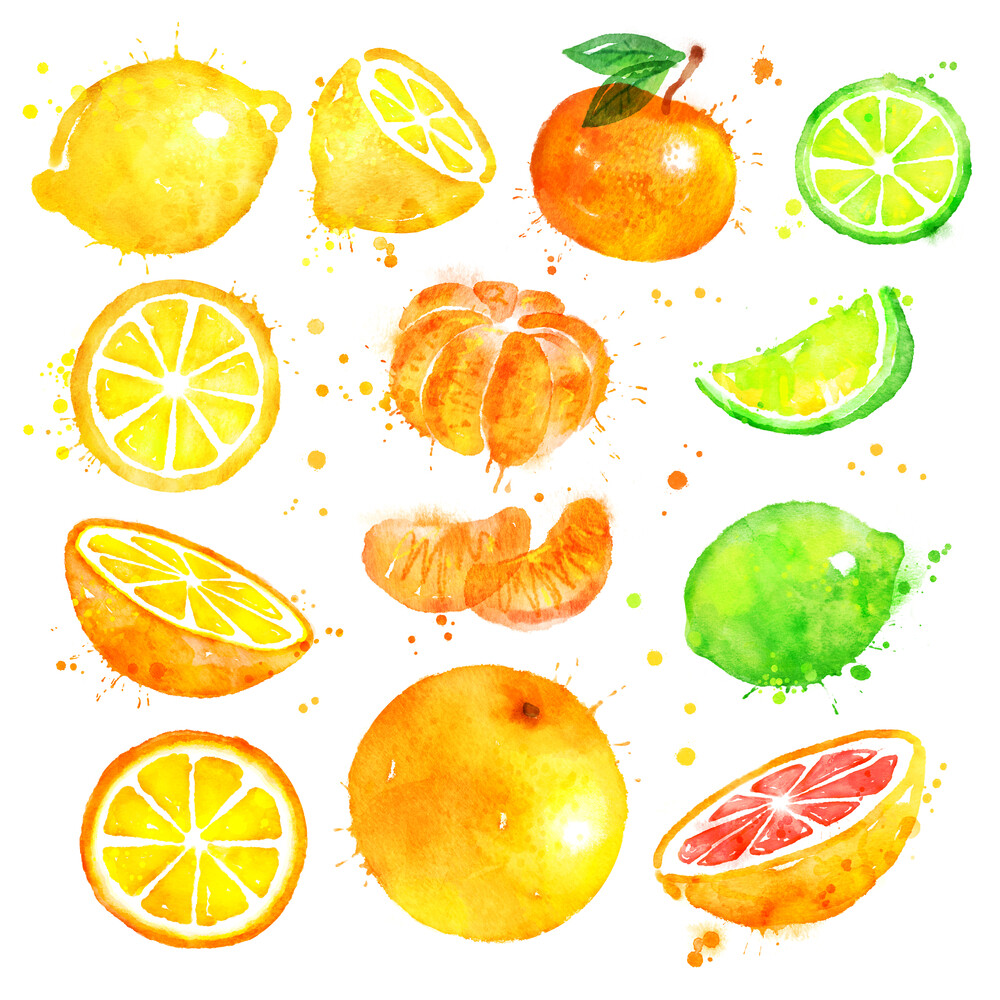When we talk about fructose, it has long since ceased to be just a question of fruit sugar in bananas and the like. In the following we will tell you five facts worth knowing about simple sugar.
1. What Is Fructose?
Fructose belongs to the group of carbohydrates and, just like glucose (dextrose), is one of the so-called simple sugars (monosaccharides). The difference to glucose is that fructose cannot be directly burned by our body as an energy source. It must first be broken down by our liver. Fructose is twice as sweet as pure dextrose and for this reason is often used for sweetening by the food industry. Furthermore, it is cheaper to produce than table sugar.
2. Fructose in fruit and vegetables
As a simple rule of thumb, if a fruit is particularly sweet, it most likely also contains a lot of fructose. By nature, fructose is found mainly in fruit and honey, but also in vegetables. However, only small quantities are found in vegetables. Fruits such as lychee, kiwi, mango, apples, oranges, pears, bananas and cherries are particularly high in fructose. Less sugar is found in raspberries, gooseberries, blueberries, strawberries, grapefruits and lemon. But how much fruit are we allowed to eat at all?
3. A question of dosage
In general, the following applies to fruit: with two handfuls of fruit and three handfuls of vegetables, we consume around 40 to 50 grams of fructose every day – that is an acceptable amount. Caution should only be exercised with freshly squeezed juices or industrially produced foods. For example, a glass of orange juice already contains ten grams of fruit sugar. But what happens if you consume too much? Studies have shown that an increased intake of fructose has a negative effect on the metabolism and favours the development of overweight, high blood pressure and diabetes. By the way: fructose is converted into body fat much faster than glucose.
4. Beware of industrially produced foods
Fructose is often used in the food industry in the form of syrup from corn starch. However, this syrup is not easy to recognise, as it is also labelled as insulin, fruit sweetener or fructooligosaccharide. Special care should be taken with sweetened drinks and functional food, wellness drinks, some of which contain 40 and more grams of fruit sugar and are often declared as “sugar-free”. In general: There is no labelling obligation for fructose.
5. Fructose inhibits the feeling of satiety
The hormone leptin gives the brain the feeling of being full. In other words, it transmits the information that the fat depots are sufficiently filled. As soon as these fat reserves are built up, the hormone inhibits the feeling of hunger. However, anyone who consumes an excessive amount of fructose can cause leptin resistance. And that in turn means that the feeling of satiety is absent.
So fructose makes you three times as fat! It blocks the feeling of satiety, it is directly converted into fat and it prevents fat burning.

